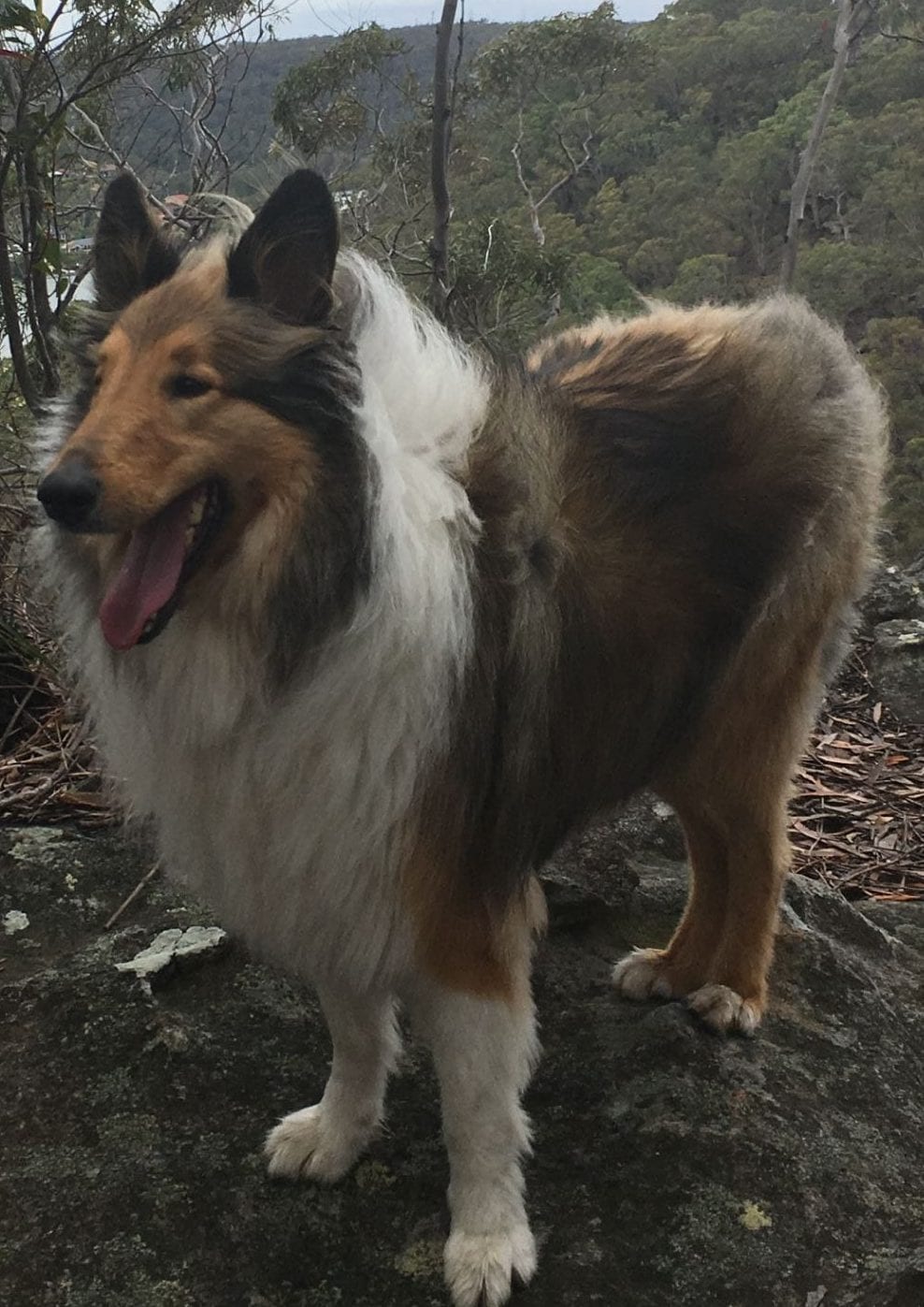“From space, the ferocity of Queensland’s bushfires is revealed” is a non-fiction multimedia news report that tells the story of Australia’s Queensland bushfires in November 2018. This artefact was produced by ABC journalist and digital producer Mark Doman and the Australian Broadcasting Corporation’s (ABC) Digital story innovation team. The purpose of the story is to inform people about a disaster and highlight its geographical significance. A good news story should inform and engage the audience (Hernandez & Rue, 2015).
The subject of this journalistic news story is the extreme bushfire event that occurred in Queensland in 2018, but its depth of meaning extends beyond this to encapsulate a multitude of associated geographical issues currently of global concern. The story profiles key elements of this specific natural disaster, including the weather conditions that contributed to its intensity, and a description of the bushfire’s impact. Further included is evidence of the emergency response to the disaster, and how swift and intelligent human action was able to prevent more devastation. There is a significant overarching sentiment to the story that this type of environmental disaster is not uncommon today. Two of the key messages of the story are that we need to readily prepare ourselves for more of these geographical events, and that these are also associated with our human impacts on the world. This form of digital literature is free and accessible to anyone using Internet browsers on devices such as a laptop, iPad, iPhone and tablets, making it a highly accessible artefact.
The intended audience for this news story is quite broad, however it can be argued that it is only appropriate for ages 12 and above. Evidence for this is the presence of more complex language such as “penetrated” and “dire” (Doman, 2018, para.1). This sophisticated language would require a certain level of literacy for comprehension. Furthermore, the fact that the main subject of the artefact is a disaster would also indicate that it is not appropriate for very young children. The presence of geographical tools for interpretation, such as maps, are further suggestive of this.
This piece of multimedia journalism uses emotive language that helps to engage the reader and also highlight the gravity of the disaster. This is exemplified in the introductory paragraph “dire warning: evacuate now or burn to death” (Doman, 2018, para.1). Use of the colour black as the background for the introduction further adds a sense of foreboding as black is often associated with negative things. Using colours in literature helps the author to construct a literary scene to better enable the reader to envisage and understand it (Kumar, 2015). A range of geographical tools are used to support the narrative including satellite imagery, maps and photographs. This helps to make the story more realistic and memorable as it provides clear evidence of the disaster. Parkinson (2006) suggests that using a combination of pictures and text in a multimedia article may make messages more memorable, and can also aid with the comprehension and synthesis of new information.
This artefact can be used to support both the Science and HSIE curriculum areas due to its association with the topics weather and natural disasters. In particular, it can be incorporated into the Geography curriculum to support the development of Geographical skills (including interpreting photographic images and maps) and geographical knowledge and understanding which are all an essential part of the NSW syllabus (NESA, 2015).
There are a number of things that could enhance this artefact especially when comparing this multimedia journalistic artefact to another “Snowfall: the avalanche at Tunnel Creek” . This has interactive elements that give the reader choice as to how deeply they want to learn about the disaster. This choice is offered through multiple slide shows of photographic images of the disaster that can be scrolled through and a video of a personal interview with survivor that can also be accessed. Allowing this form of choice empowers the reader and gives them ownership over the depth of their learning. In a classroom situation this choice is excellent, as students can choose their level of emotional involvement, allowing for the diverse emotional needs of students. Furthermore, embedding a range of media elements within the text of the story creates a captivating multimedia experience (Pincus et al, 2017).
The presence of sound and interactive elements could add further appeal to this news story and provide for a more immersive experience. This could take the form of interactive options such as sounds associated with the disaster such as sirens, video footage of the disaster or interviews providing personal accounts. Furthermore, for use in the classroom, the news story would benefit from including information regarding mitigating a future bushfire event. Discussing management strategies is a knowledge and understanding outcome of the Stage 4 NSW Geography syllabus (NESA, 2015).
References
Branch, J. (2012). Snow fall: The avalanche at Tunnel Creek. New York Times. https://www.nytimes.com/projects/2012/snow-fall/index.html#/?part=tunnel-creek
Doman, M. (2018, December 8). From space, the ferocity of Queensland’s bushfires is revealed. Australian Broadcasting Corporation. https://www.abc.net.au/news/2018-12-08/from-space,-the-ferocity-of-queenslands-bushfires-is-revealed/10594662?nw=0
Hernandez, R. K., & Rue, J. (2016). The principles of multimedia journalism: packaging digital news. Routledge.
Kumar, R. (2015). Colour as metaphor in language and literature. Research Scholar, 3(2), 439-445. http://researchscholar.co.in/downloads/76-ratnesh-kumar.pdf
NSW Education Standards Authority. (2015). Geography: K-10 syllabus. https://educationstandards.nsw.edu.au/wps/portal/nesa/k-10/learning-areas/hsie/geography-k-10
Parkinson, M. (2006). Do-it-yourself billion dollar graphics: turn your words and data into powerful visuals. Pepperlip Press.

